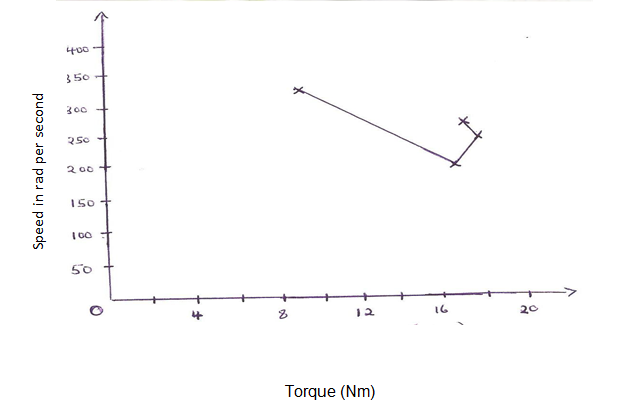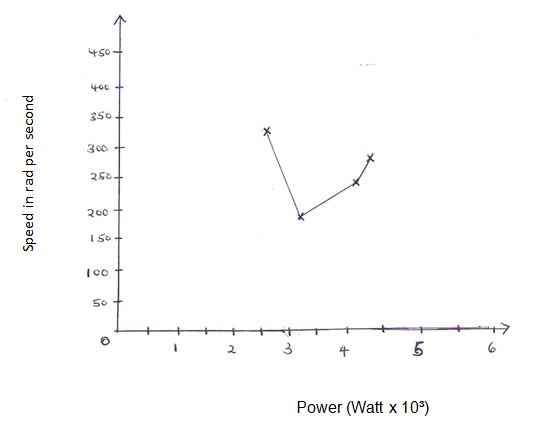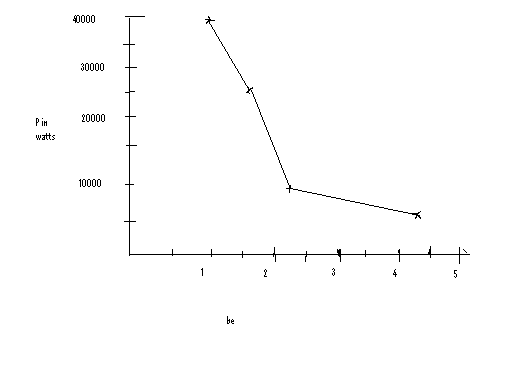Executive summary
The Four-stroke diesel engine is a type of internal combustion engine whose operation involves four separate strokes that are completed by its pistons. These strokes are compression, intake, exhaust, and power (Cengel,Boles and Yalling 54). This paper analyzes the relationship between different parameters involved in the operation of the four-stroke engine. These parameters are speed, torque, power, and specific fuel consumption (Hardenberg 72).
The three graphs show the relationship between the specified variables. In figure 1, the curve shows that torque fluctuates with the magnitude of the speed. An increase in speed may either increase torque or decrease it depending on several factors such as exhaust and intake restrictions. In figure2, pressure fluctuates with the speed in such a way that an increase in speed may either lower or increase pressure. In figure 3, an increase in specific fuel consumption reduces pressure whereas a decrease in specific fuel consumption increases pressure (Cengel,Boles and Yalling 54.

At a higher speed (rads per second), torque primarily drops as a result of exhaust and intake restrictions. Volumetric efficiency reduces because the engine cannot take in more air for combustion. Mechanical efficiency also reduces when the speed ( rads per second) is high because of resistance from friction(Hardenberg19). From the graph, torque is lowest when the speed is at the highest point. After the maximum torque is attained, it starts decreasing while the speed increases. From this graph, it can be generalized that when speed increases, torque decreases (Cengel, Boles and Yalling 54)

The graph of speed in rad/sec vs power (W) shows the relationship between power and speed. There are two peaks. One peak shows that when speed is at the highest point, power is at the lowest point (Hardenberg 72). When the speed lowers, power starts to increase and maintains a rising trend as the speed increases gradually. At high speed, power momentarily drops due to exhaust and intake restrictions. At a reduced speed, power rises in order to overcome forces that oppose speed (Cengel,Boles and Yalling 77).

The graph of Power against specific fuel consumption in figure 3 shows that increased power occurs when the specific fuel consumption is low. Increased specific fuel consumption leads to decrease in power (Hardenberg 90). Specific fuel consumption refers to the mass of fuel required to provide a net thrust within a specified period of time. In most cases, mass of fuel is used instead of volume because of its independence from effects of temperature (Cengel,Boles and Yalling 54).
The specific fuel consumption in four stroke engine varies inversely to the effects of temperature, which in turn affect power directly. The specific fuel consumption varies inversely to power. When specific fuel consumption is high, the magnitude power lowers and when power is high, specific fuel consumption lowers (Cengel,Boles and Yalling 54).
From the three curves, different parameters that assist the four stroke engine to operate are related either directly, inversely or both directly and inversely. Power is inversely related to specific fuel consumption. Power is directly and inversely related to speed while Torque is both directly and inversely related to speed. Generally, the three curves can be used to analyze and explain how the four stroke diesel engine operates.
Works Cited
Boles, Michael ,Cengel, Yunus and Yaling, He. Thermodynamics :An Engineering Approach. Boston:The McGraw Hill Companies, 2009. Print.
Hardenberg, Horst. The Middle Ages of the Internal combustion Engine. London:Society of Automotive Engineers (SAE), 1999. Print.